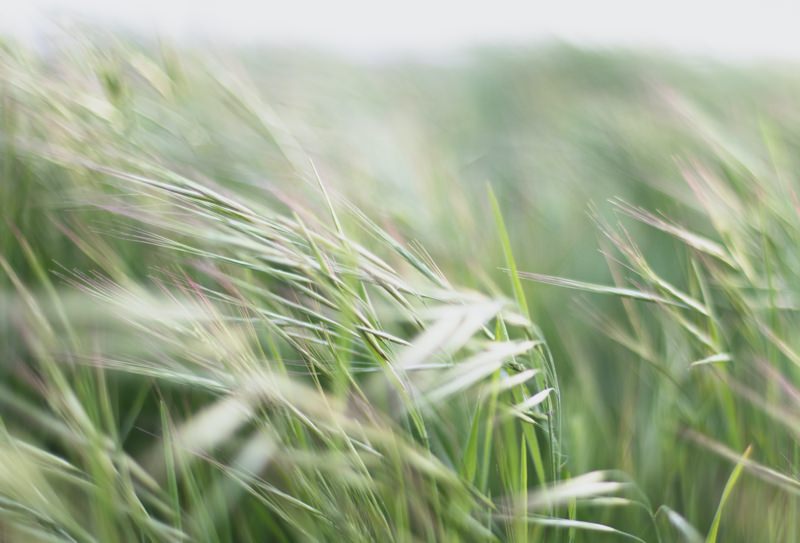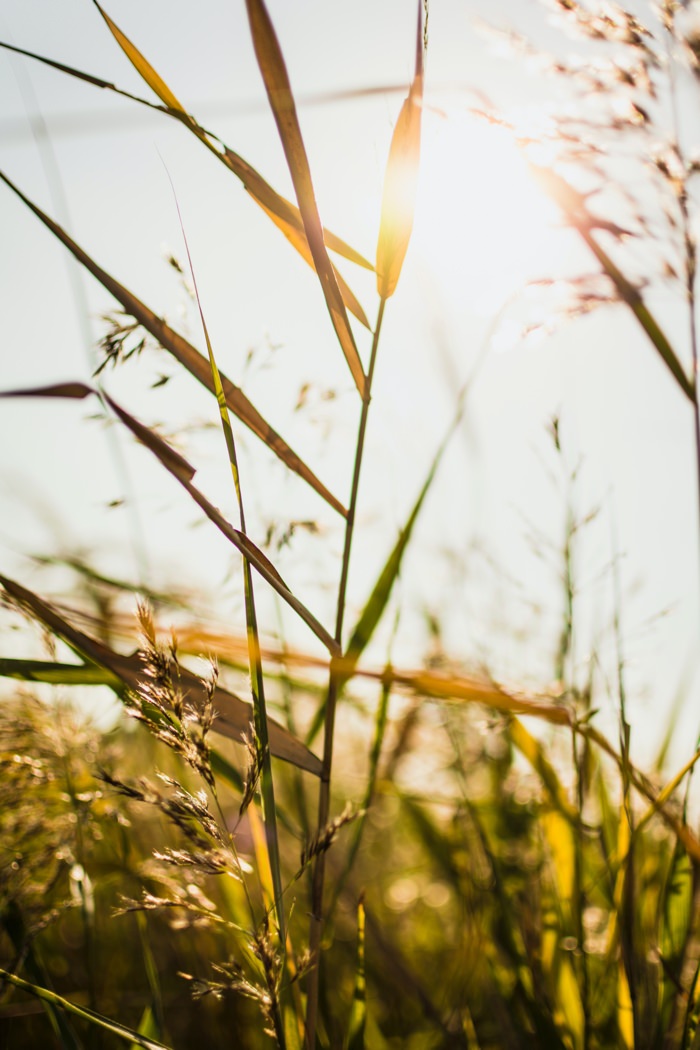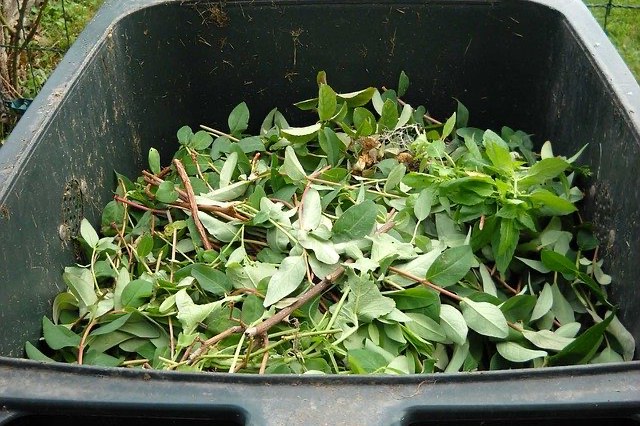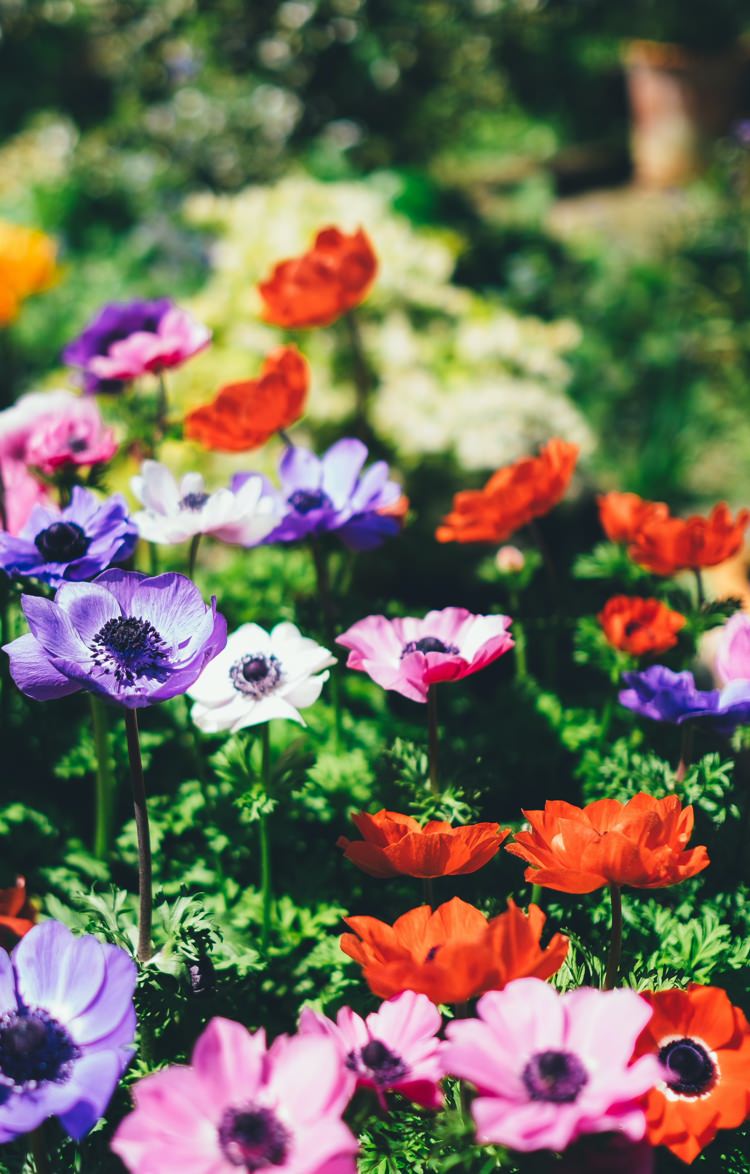Tips On Landscaping Your Garden From Scratch
Posted by Ike Keesmaat on Wednesday, January 29th, 2020 | 695 views
Whether you are interested in building custom homes or have recently move into a new house, a simple way to spruce up your landscape is by starting a garden. While starting a garden isn’t difficult, there are a few landscaping tips that you should follow to make sure that you minimize mistakes and are able to build a beautiful and lasting garden for your home.
The following provides a detailed guide on how to landscape your garden from scratch.
Make Sure That You Remove Any Grass or Vegetation That You Don’t Need
The first tip involves making sure that you remove any grass or vegetation in the area where the garden is going to be located. Creating a new garden bed means that you will need to remove the grass and the roots that come with it for a significant portion of your lawn.
 There are a variety of methods that can be used to get rid of grass, the most common of which is sheet mulching. This method calls for you to place layers of organic material over the grass, which will cause the grass to die and nutrients from the organic material to be added to the soil underneath. The organic materials that you can use to remove grass include non-waxed cardboard and newspaper with black ink.
There are a variety of methods that can be used to get rid of grass, the most common of which is sheet mulching. This method calls for you to place layers of organic material over the grass, which will cause the grass to die and nutrients from the organic material to be added to the soil underneath. The organic materials that you can use to remove grass include non-waxed cardboard and newspaper with black ink.
Once the materials have been placed over the garden area, you should weigh down these materials with a few inches of compost or wood chips. It can take anywhere from 3-6 months for the grass to die with this method.
You could also manually remove the grass by moistening the ground, cutting out one-foot sections of the grass, and removing the sections with a spade. Despite the high amounts of manual labor, this method allows you to get rid of the grass and begin your garden in short order.
Learn More About Weeds
 The key towards effectively maintaining any garden is to keep weeds at bay, which is why it’s highly recommended that you learn more about how to fight against weeds in the early stages of creating your garden.
The key towards effectively maintaining any garden is to keep weeds at bay, which is why it’s highly recommended that you learn more about how to fight against weeds in the early stages of creating your garden.
While it’s easy to just remove any plant that you don’t immediately recognize, it’s far better to know how to identify the different types of weeds that can grow in your garden.
Otherwise, you could be removing petunias, foxglove, and snapdragons, all of which are self-seed plants.
Know Your Soil
Soil is the foundation of most gardens, which means that problems in the soil can create health issues with your plants. When you’re getting the soil ready for plants, consider testing its pH level.
Anything too alkaline or too acidic could make it difficult to grow plants. If you’re considering new home builds, it should be easy to identify what kind of soil is used on the lawn before purchasing the home.
If the soil is too sandy or has too much clay in it, you might need to add some organic materials to improve its quality.
Consider Composting
 Even high-quality soil can be improved with composting. This organic matter can be added to your soil by hand or with a rototiller.
Even high-quality soil can be improved with composting. This organic matter can be added to your soil by hand or with a rototiller.
Once the compost has been properly added, you should make sure that the ground is level before planting anything. Because of how nutrient-rich organic compost is, it should be able to improve the health and lifespan of your plants.
Understand the Many Plant Types
There are many plant types that you could place into your garden bed once the soil has been prepared. The main classes of plants used in landscape gardening include herbaceous annuals, herbaceous perennials, woody shrubs, and vegetables. Herbaceous perennials are particularly popular because they return every year after dying in the winter.
Common perennials include daylily and peony, while common herbaceous annuals include petunias, cornflowers, and marigolds. Keep in mind that different plants thrive in different soils.
Once you identify what soil you’re using for your garden, you can more easily ascertain which plants would grow well.
Try Various Arrangements and Color Schemes
 Don’t hesitate to try various arrangements and colour schemes for your garden to make it stand out. For instance, you could place the tallest plants at the centre of the garden bed and the shortest ones on the perimeter so that the garden can appear the same from all directions.
Don’t hesitate to try various arrangements and colour schemes for your garden to make it stand out. For instance, you could place the tallest plants at the centre of the garden bed and the shortest ones on the perimeter so that the garden can appear the same from all directions.
As for the colour scheme of your garden, it can be anything you want. Homeowners who want a meditation garden will typically use plants that have cool colours like green, blue, and purple.
Take Measures to Prevent Pests
Once you’ve landscaped your garden, the key to maintaining it is to prevent pests from destroying the garden. If rabbits are common in your area, consider surrounding your garden with rabbit-proof fences.
There are a variety of natural pest control methods that you can use.
To select the best option, you will first need to identify the common pests in your region. However, having pests in your garden is unavoidable. Instead of keeping all pests away, you should focus on pest control, which means that pests are kept at an acceptable level.
These tips should allow you to landscape your garden from scratch in an efficient and timely manner, which gives you more time to improve your landscape in other ways.